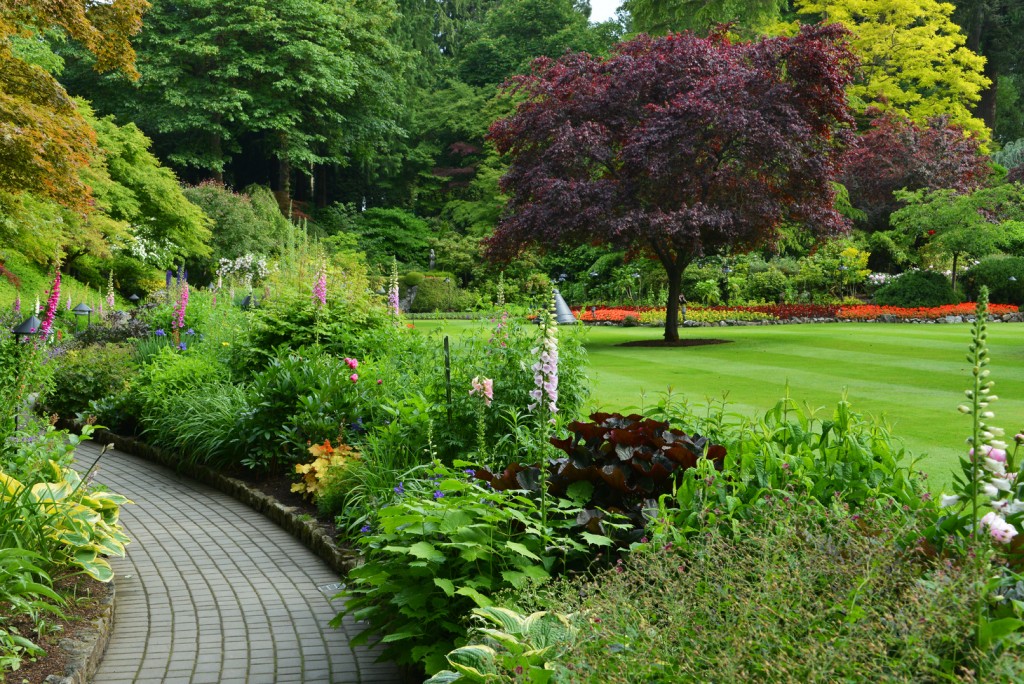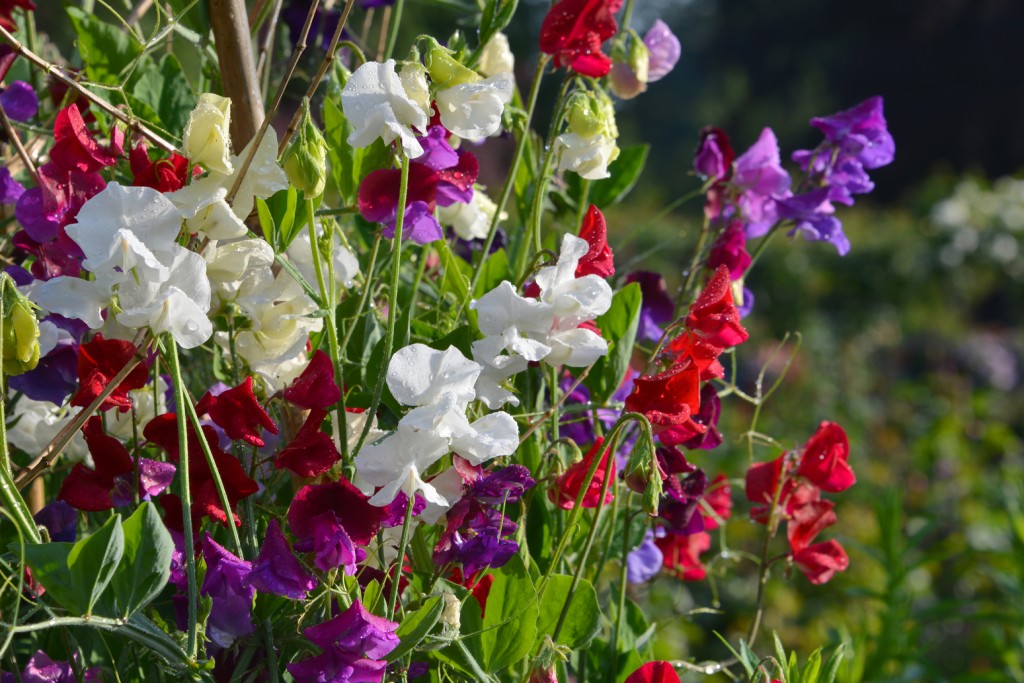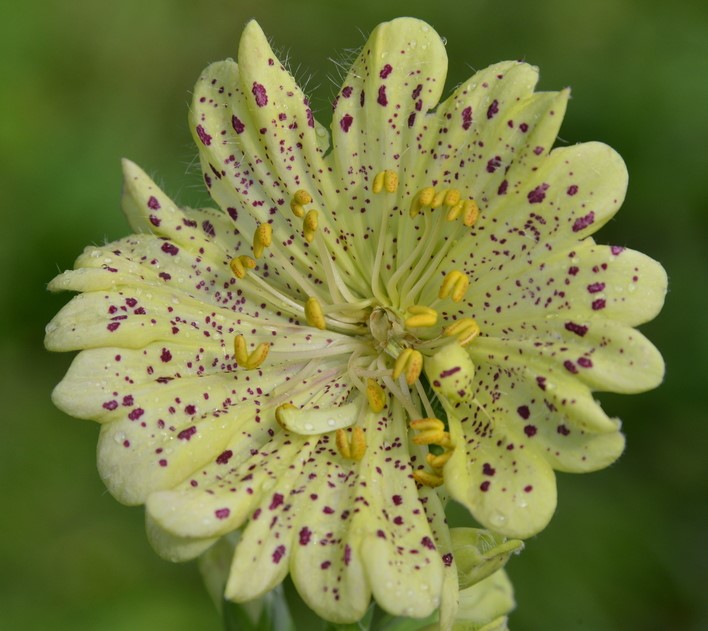What’s in Bloom Now? Garden Updates June 10 – 16
By Thea Hegland
There is something about flowers and trees that just makes us feel good. A beautiful, well-kept garden is hard work – there is no doubt, but the endless rewards of hard work do pay off.
This brings me to a big question we often are asked at The Garden,
“How many gardeners work here?”
The answer may surprise many as it appears we need an army to make this garden as beautiful as it is. The truth is we have 50 full-time gardeners year–round and 20 full-time seasonal gardeners that join the staff for some very critical times, such as the planting seasons.

Included in the 50 year-round staff are 16 who work tirelessly in our greenhouses growing all of the plants that you see on display in the garden. Once you remove administrative staff and those working behind the scenes, that takes us below 30 staff taking care of the gardens you see when you visit.
The Gardens are looking drastically different than they did a month ago. The funny thing is, though, it is hard to notice the major changes day to day. It is more of a reflection back on the last little while when you realize what a difference a short period of time in the garden makes.
June is a month full of many garden treasures. From the early bounty of Rosa (Rose), heavenly Philadelphus (Mock orange), gorgeous Paeonia (Peony), to the old-fashioned favourite Lathyrus odorata (Sweet pea) and the stunning blues of Delphinium.

Flowering trees such as Styrax japonicus (Japanese snowbell) in the Japanese Garden and Cladrastris lutea (Kentucky yellowwood) located on the Concert Lawn are adorned with beautiful fragrant white flowers.
Every day it seems there is a new flower to talk about.
Today, there is something very interesting that has captured some attention… I wonder if anyone can guess what it is without seeing the whole plant (that would give it away!)

Plants that are currently blooming
- Abutilon
- Alocasia (Elephant’s ear)
- Anthriscus sylvestris ‘Ravenswing’
- Aquilegia (Columbine)
- Astrantia
- Baptisia (False indigo)
- Begonia
- Brugmansia (Angel’s trumpets)
- Calceolaria (Scotsman’s purse)
- Cephalaria gigantea (Yellow scabious)
- Centaurea montana
- Cladatris lutea (Kentucky yellowwood)
- Clematis
- Colocasia (Taro)
- Cornus kousa (Korean dogwood)
- Davidia involucrata (Dove tree)
- Delphinium
- Deutzia
- Dianthus
- Digitalis (Foxglove)
- Disporum (Fairy bells)
- Eremurus (Foxtail lily)
- Fuchsia
- Fraxinus ornus (Flowering ash)
- Heliotropium (Cherry pie plant)
- Hemerocallis (Daylily)
- Hydrangea petiolaris (Climbing Hydrangea)
- Illicium
- Impatiens
- Iris
- Kolkwitzia (Beauty bush)
- Laburnum (Golden chain tree)
- Lantana
- Lobelia
- Matthiola (Stock)
- Meconopsis (Blue poppy)
- Nectaroscordum
- Pachystachys lutea (Lollipop plant)
- Paeonia (Peony)
- Paeonia lutea (Tree peony)
- Papaver (Poppy)
- Pelargonium (Geranium)
- Pentas
- Pericallis (Painted daisy)
- Petasites
- Philadelphus (Mock orange)
- Phlomis
- Polemonium (Jacob’s ladder)
- Podophyllum (Mayapple)
- Poncirus trifoliata (Hardy orange)
- Primula (Primrose)
- Prostanthera rotundifolia (Mint bush)
- Rheum
- Rhododendron
- Rosa (Rose)
- Salvia
- Schizanthus (Butterfly flower)
- Skimmia japonica
- Spiraea (Spirea)
- Stachys marcantha
- Styrax japonicus (Japanese snowbell)
- Syringa (Lilac)
- Thalictrum (Meadow rue)
- Tradescantia (Spiderwort)
- Viburnum
- Viola
- Weigela
- Wisteria

